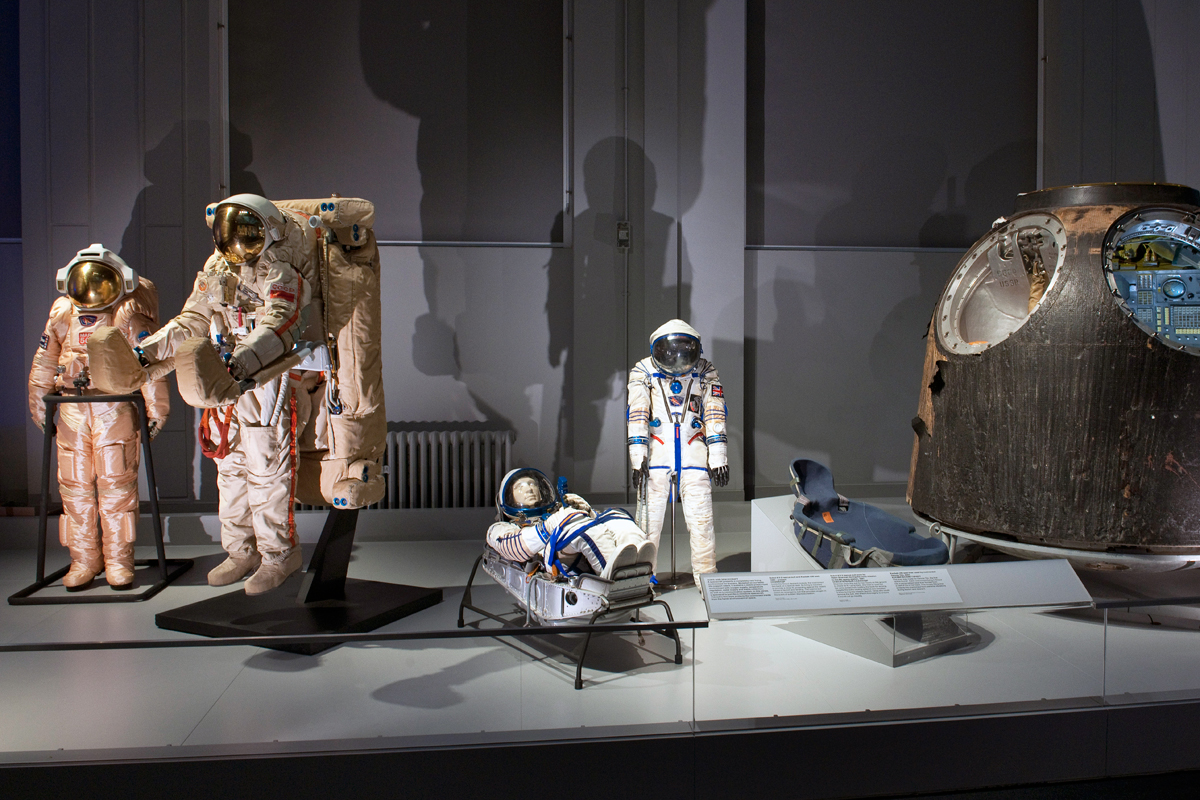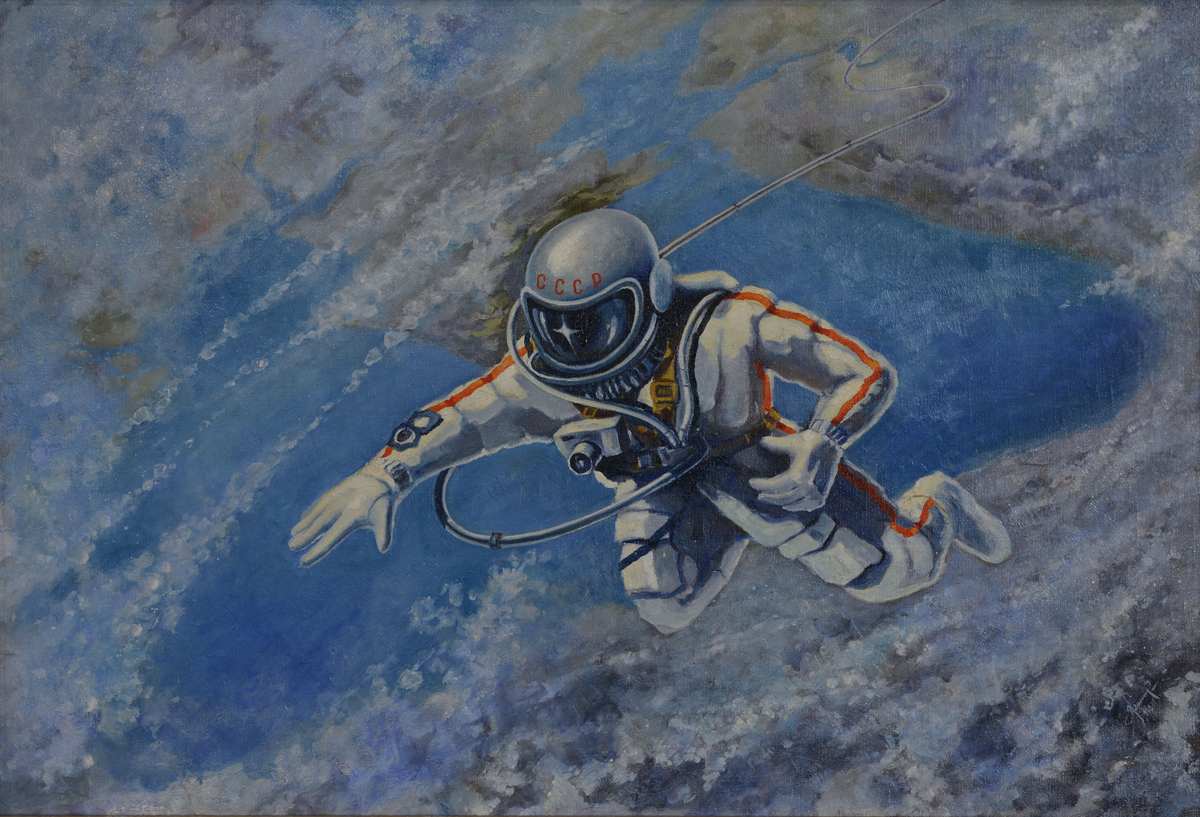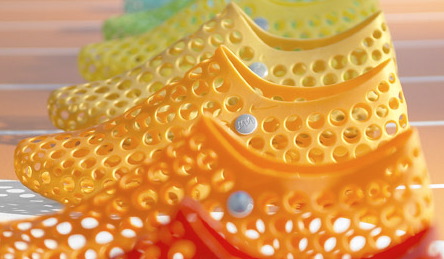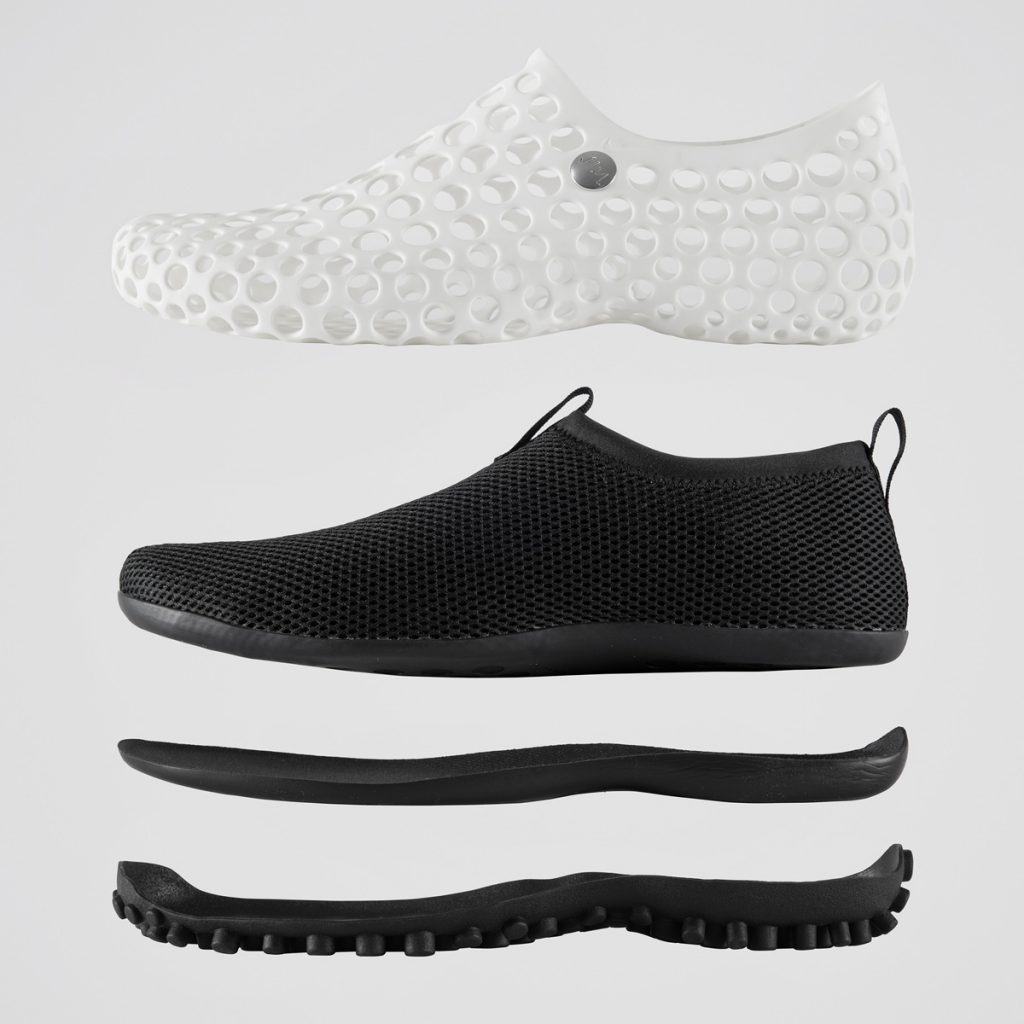Cosmonauts: Birth of the Space Age
The Science Museum’s immense collection of Russian artifacts and spacecraft tell a remarkable story of exploration and courage


It’s been nearly 60 years since Laika the dog became the first living creature to orbit the Earth, and 54 years since Yuri Gagarin became the first human in space. Both those milestones were Soviet ones—a result of Russia’s fascination with space, a subject explored in a new exhibition at London’s Science Museum. “Cosmonauts: Birth of the Space Age” features multiple Russian spacecraft and artifacts on display in the UK for the first time. However, it’s the human aspect of the story that truly fascinates.
The exhibition’s launch pad for space travel is set in the late 19th and early 20th century, when there was a huge interest in “cosmism” in Russia. Artists explored the idea of space travel in paintings and drawings; many of which are on display at the Science Museum, and some of which look unsettlingly like modern space stations and technology. The revolution in 1917 spurred these ideas on, as the interest in space travel permeated every aspect of Russian society. “The fact that the revolution happened in 1917 added to the whole transformation process. Similar ideas can be found, for example, in Bauhaus in the west, but here the artists got an opportunity to test those ideas in real life, while constructing a perfect Soviet society,” says curator Alexandra Smirnova.

In many parts of the exhibition, insight flourishes as to how starstruck the population was with the idea of going into space. In 1957, Russia (then the Soviet Union) launched the first artificial Earth satellite, Sputnik 1. The design of the satellite filtered into everyday life—one of the items on display is a Sputnik-shaped samovar. Further, there are beautifully designed posters on display that resemble propaganda posters from the war but instead advocate for peace.

“Compared to the US, Soviet’s space program was heavily classified. That’s why the posters are all very schematic, using broad colors, Soviet red, this nice-looking, Slavic-looking man with big hands… The posters focus on peace and stress that [space travels] are not for military exploration. They’re made to have peaceful, scientific, human consequences. That’s what it was to many people, including Chief Designer Sergei Korolev, who was not only a brilliant engineer, but also, in a way, an amazing politician. He managed to bring all those people together, in spite of all the transformation in society and the political situation, and to make it possible,” Smirnova continues.
Another milestone for Russia was sending the first woman into space. Valentina Tereshkova, a former textile worker, was launched into space in 1963 in the Vostok 6 capsule, which is also on display in the exhibition. It’s difficult—and perhaps frightening—to imagine what it would have been like to be a space pioneer, trapped in this relatively small metal ball; especially when you read about how her capsule was malfunctioning, bringing her close to death. The 78-year-old Tereshkova was reunited with Vostok 6 capsule when she opened the exhibition at the Science Museum.

At the end of “Cosmonauts,” suits and machines used at space stations today are on display, and also elicit fascination, like the sleep mask used to “keep the sleeping cosmonaut from waking during the succession of sunrises experienced in orbit.” Seeing modern-day space gear makes visitors even more grateful to the men and women who dared to go up there more than half a decade ago, without any of today’s technology. It’s a fitting conclusion to a thrilling exhibition.
“Cosmonauts: Birth of the Space Age” is open now through 13 March 2016.
Images courtesy of Collection of the Memorial Museum of Cosmonautics and Science Museum












